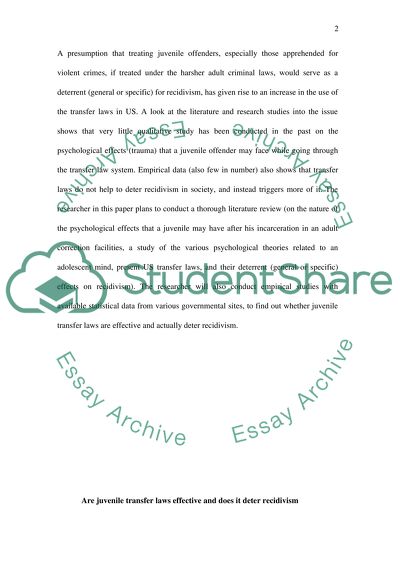Cite this document
(“Are juvenile transfer laws effective and does it deter recidivism Research Paper”, n.d.)
Retrieved de https://studentshare.org/law/1392650-are-juvenile-transfer-laws-effective-and-does-it
Retrieved de https://studentshare.org/law/1392650-are-juvenile-transfer-laws-effective-and-does-it
(Are Juvenile Transfer Laws Effective and Does It Deter Recidivism Research Paper)
https://studentshare.org/law/1392650-are-juvenile-transfer-laws-effective-and-does-it.
https://studentshare.org/law/1392650-are-juvenile-transfer-laws-effective-and-does-it.
“Are Juvenile Transfer Laws Effective and Does It Deter Recidivism Research Paper”, n.d. https://studentshare.org/law/1392650-are-juvenile-transfer-laws-effective-and-does-it.


